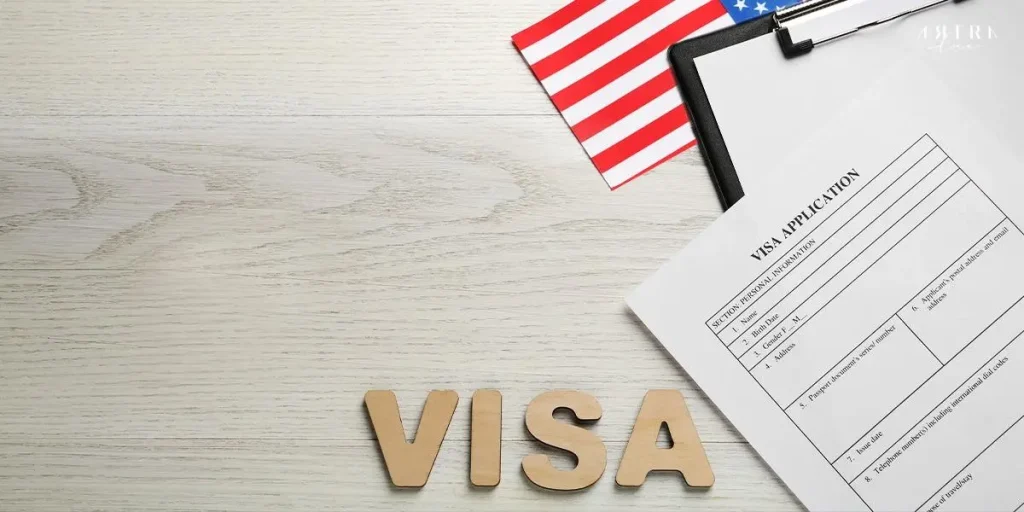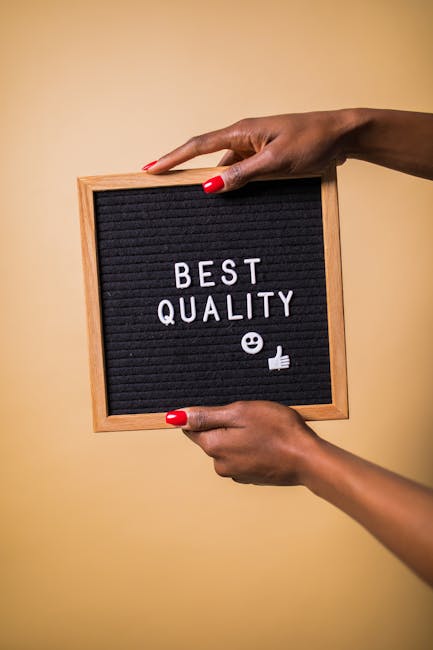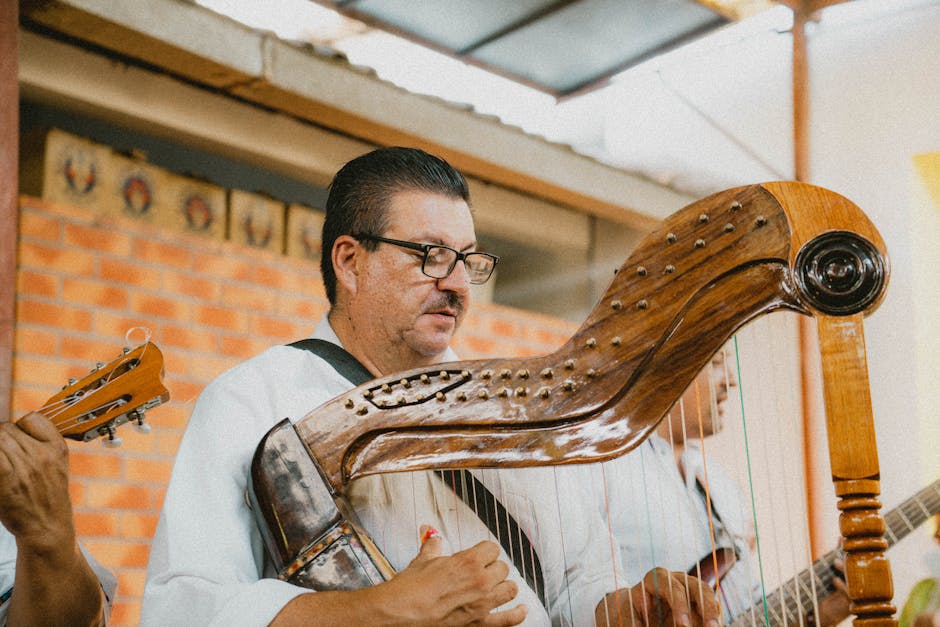
Understanding the U.S. Visa Process: A Comprehensive Guide for Applicants
Applying for a U.S. visa can feel overwhelming, especially for first-time applicants. Whether you’re planning to study, work, travel, or reunite with family in the United States, understanding the visa types and the application process can help you avoid delays and increase your chances of approval. This guide provides essential information to help you prepare and navigate the U.S. visa process with confidence.

Types of U.S. Visas
The United States offers a wide range of visa categories depending on the purpose of your visit. Here are some of the most common:
1. Tourist Visa (B-2):
This visa is for individuals who want to visit the U.S. for tourism, vacation, or to visit family and friends. It typically allows stays of up to six months.
2. Business Visa (B-1):
This is for travelers entering the U.S. for business meetings, conferences, or consultations—not for employment.
3. Student Visa (F-1/M-1):
Students enrolled in academic programs apply for the F-1 visa, while those attending vocational or technical schools apply for the M-1 visa.
4. Work Visa (H-1B, L-1, O-1, etc.):
Work visas vary depending on your job type, employer, and qualifications. The H-1B visa is among the most popular for skilled professionals.
5. Immigrant Visas (Green Cards):
These are for individuals seeking permanent residency in the U.S., often through employment, family sponsorship, or refugee status.
Steps to Apply for a U.S. Visa
The application process may vary slightly based on the type of visa, but generally includes the following steps:
1. Determine Your Visa Type:
Before applying, identify the visa category that matches your reason for travel.
2. Complete the DS-160 Form:
Most non-immigrant visas require filling out the DS-160 online application form. Ensure all information is accurate and truthful.
3. Pay the Visa Application Fee:
Visa fees depend on the type of visa. Payments are usually made online and are non-refundable.
4. Schedule a Visa Interview:
Most applicants between ages 14 and 79 must attend an in-person interview at a U.S. embassy or consulate. Be sure to schedule the appointment as soon as possible, as wait times can vary.
5. Prepare Your Documents:
Bring all required documents, including your passport, DS-160 confirmation page, visa fee receipt, and supporting documents (such as school acceptance letters or employer sponsorships).
6. Attend the Interview:
Be on time and dressed appropriately. Answer all questions honestly. The consular officer will assess your application and may approve or deny your visa on the spot.
Tips for a Successful Visa Interview
- Be Honest: Any false statements can result in denial and future bans.
- Be Prepared: Know the details of your trip, purpose, financial means, and ties to your home country.
- Bring Complete Documents: Missing paperwork can delay or hurt your chances.
- Stay Calm and Confident: A positive and respectful attitude goes a long way.
Common Reasons for Visa Denial
- Incomplete documentation
- Lack of strong ties to the home country
- Suspicious or unclear purpose of travel
- Financial instability or insufficient funds
- Previous overstays or immigration violations
If your visa is denied, the consular officer should provide a reason. You may reapply in the future after addressing the issues.
After the Interview
If approved, your passport will be returned with the visa stamp within a few days to a few weeks. Check the details on the visa for accuracy, including your name, date of birth, and visa type. Once you receive your visa, you’re ready to travel, keeping in mind that a visa allows entry but does not guarantee it—final admission is at the discretion of the U.S. Customs and Border Protection at the port of entry.
Conclusion
Applying for a U.S. visa can be a detailed process, but with proper preparation and a clear understanding of requirements, it is very manageable. Whether you’re planning a short visit or a long-term stay, taking the time to gather the right documents and present yourself clearly during your interview can significantly increase your chances of success. For the most accurate and up-to-date information, always consult the official website of the U.S. embassy or consulate in your country.







